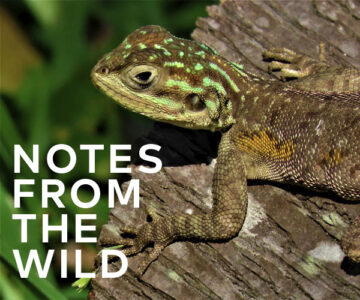Our Ever Heavier Urban Footprint
As development continues unabated, our growing population and urban footprint will inevitably diminish biodiversity.
On a recent trip to Miami, I was struck by the similarities between that region of Florida and ours here in Headwaters. Not, of course, the climate! But the expansion of greater Miami into farmland and natural areas continues apace just like the GTA does here. We seem, as a species, unable to imagine a future that doesn’t involve constant urban growth.
I spent an evening with a python hunter in the Everglades – a Michigan transplant who has lived in southern Florida for three decades. During that time, he’s watched the relentless approach of Miami from the east. He’s convinced that urban development will soon swallow all the unprotected land between the Everglades and the Atlantic Ocean.
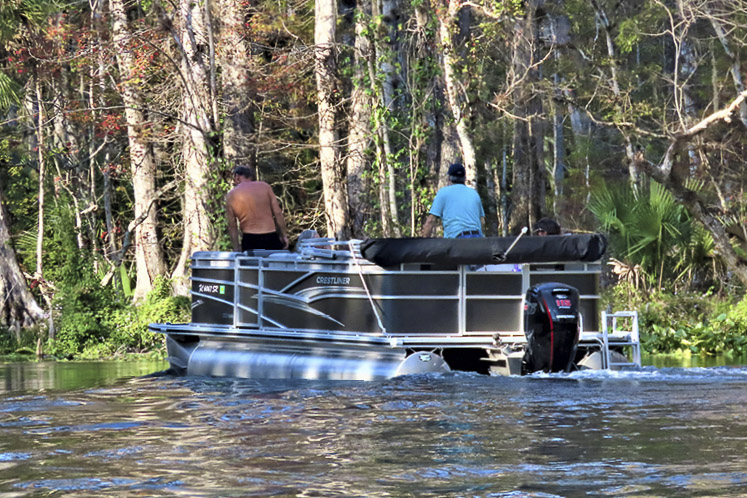
Naturalist Don Scallen explores the Everglades during a recent winter escape.
Similarly, urbanization in the GTA continues to expand northward. Caledon is forecast to grow from its current 80,000 people to 300,000 by 2051. In southern Florida, the bulwark against Miami’s expansion is the Everglades. Here it’s the Greenbelt. But I fear as development continues unabated, pressure will increase on these protected areas.
We’re already seeing intimations of this pressure with the recent action of the provincial government to remove Greenbelt lands in Durham County while – admittedly – adding land elsewhere. Expanding our cities destroys biodiversity. An iconic Floridian species provides one example of how this happens. Run-off from cities and from the farms needed to support those cities kills the sea grass that manatees eat. More people in Florida translates into more boats on Florida waterways, and more manatee injuries and death from the propellors of those boats.
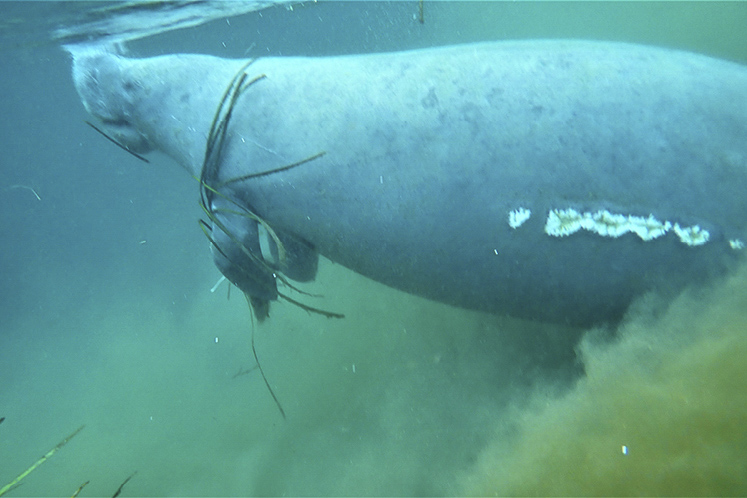
A Florida Manatee with a scar from a boat propellor.
Here in the GTA run-off has eliminated much of our brook trout habitat and, may soon threaten the remaining populations we have in Headwaters. And more people mean more cars, leading to increased roadkill of our reptiles and amphibians.
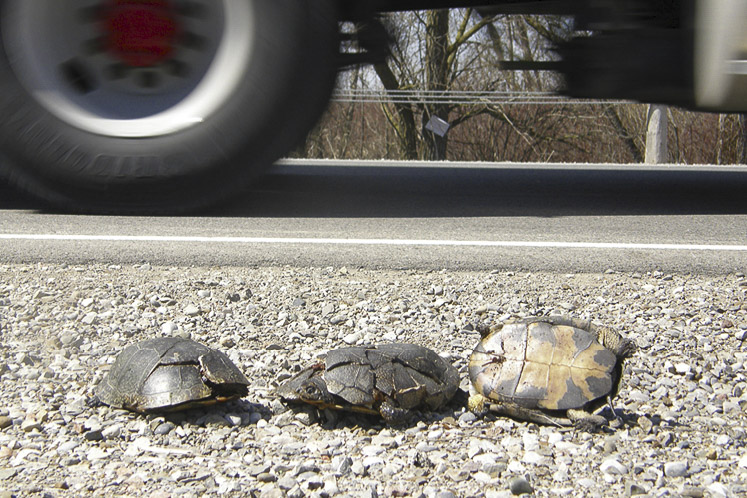
Blanding’s Turtles crushed on the highway.
I’m generally a hopeful person, but when I muse about our appetite for constant growth, I despair. There is simply no way to sugar-coat the reality that our growing population and urban footprint will diminish biodiversity.
Related Stories
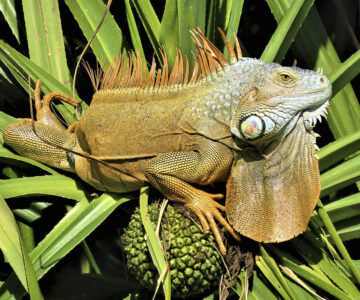
Not All Invaders Are Bad
Feb 7, 2023 | | Notes from the WildDuring a trip south, naturalist Don Scallen gets a closer look at introduced lizards in Florida and asks questions about our own invasive species in Ontario.
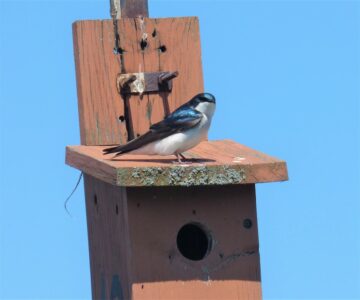
Nesting Instincts
Jan 6, 2023 | | Notes from the WildMost of us have the good fortune to raise our families in safe, comfortable houses. Birds want nothing less.


